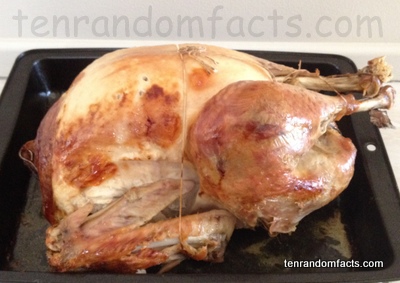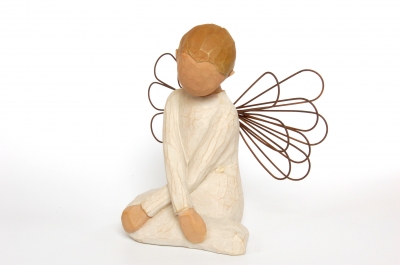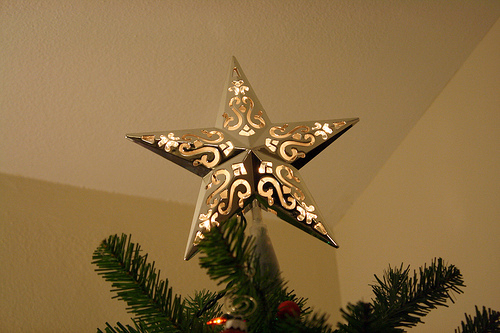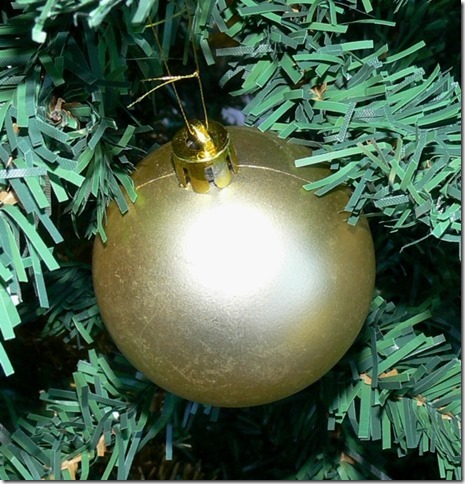
Do line up for the Boxing Day sale facts.
- Boxing Day sales typically are shopping extravaganzas that occur on the day after Christmas, Boxing Day, but sometimes run for a week.
- Boxing Day sales generally occur in Australia, Canada and parts of the United Kingdom.
- The 2009 Boxing Day sales in the United Kingdom, saw approximately 12 million people visit the shops.
- Popular shops that support the Boxing Day sales generally open as early as 5 am.
- Boxing Day sales include great bargain priced items and the shops often strategically lower there prices to bring in customers.
- Retailers that support Boxing Day sales generally have a limited stock of items, particularly those with the greatest discounts, and they often try to sell those items that did not sell by Christmas.
- Shops that support Boxing Day sales are often full of people, shoulder-to-shoulder, due to heavily discounted items, and they sometimes limit the customers in the shop at any one time.
- Boxing Day sales are generally reviewed in news reports, focusing on the crowds, queues, and times of arriving.
- Boxing Day sales became popular in the 1980s, and were most likely established to encourage consumers to return to the shops after Christmas.
- In Australia, it was expected that $1.9 billion (AUD) were to be spent in the 2013 Boxing Day sales, with a 1/3 spent in the state of Victoria.






















